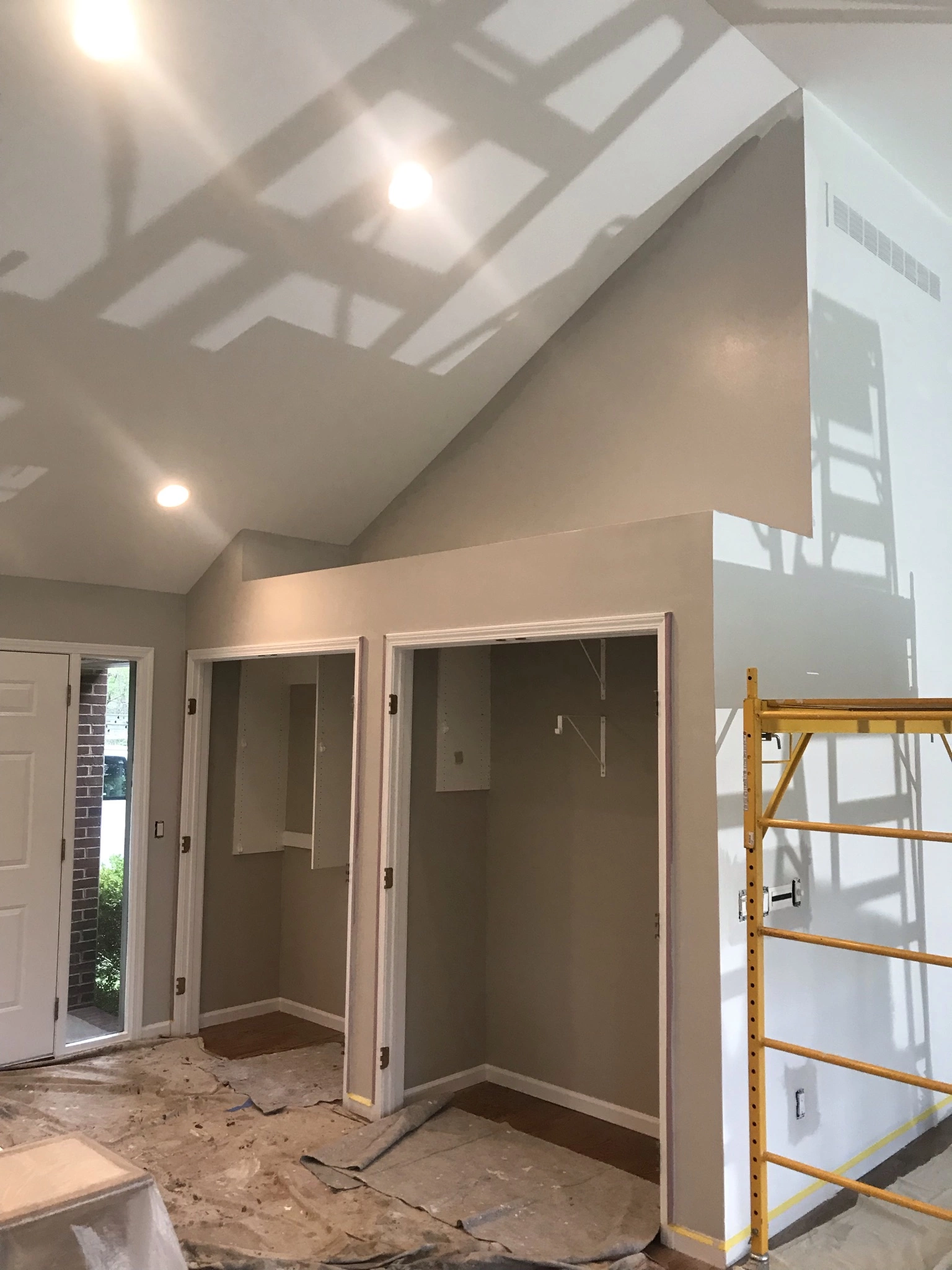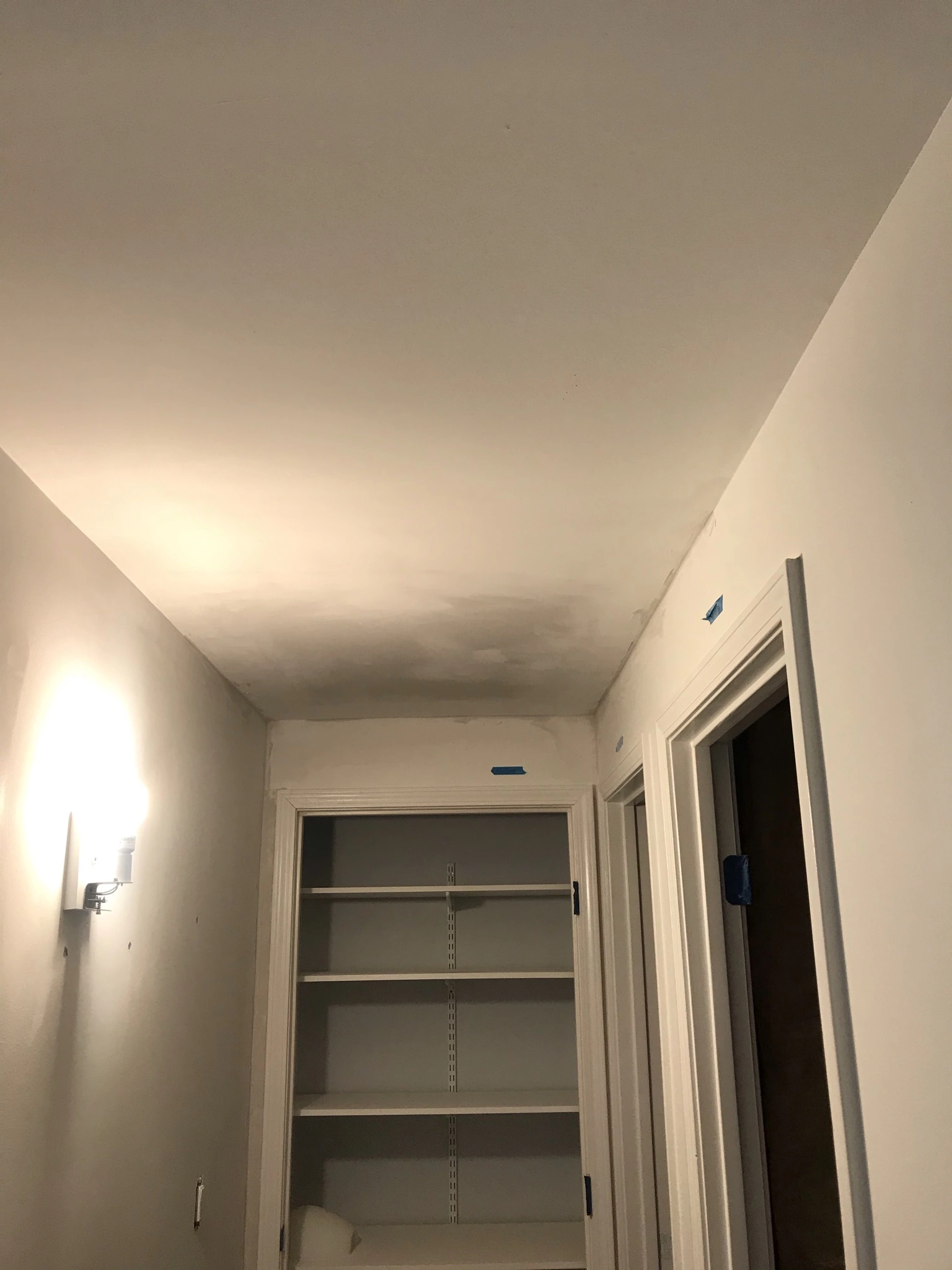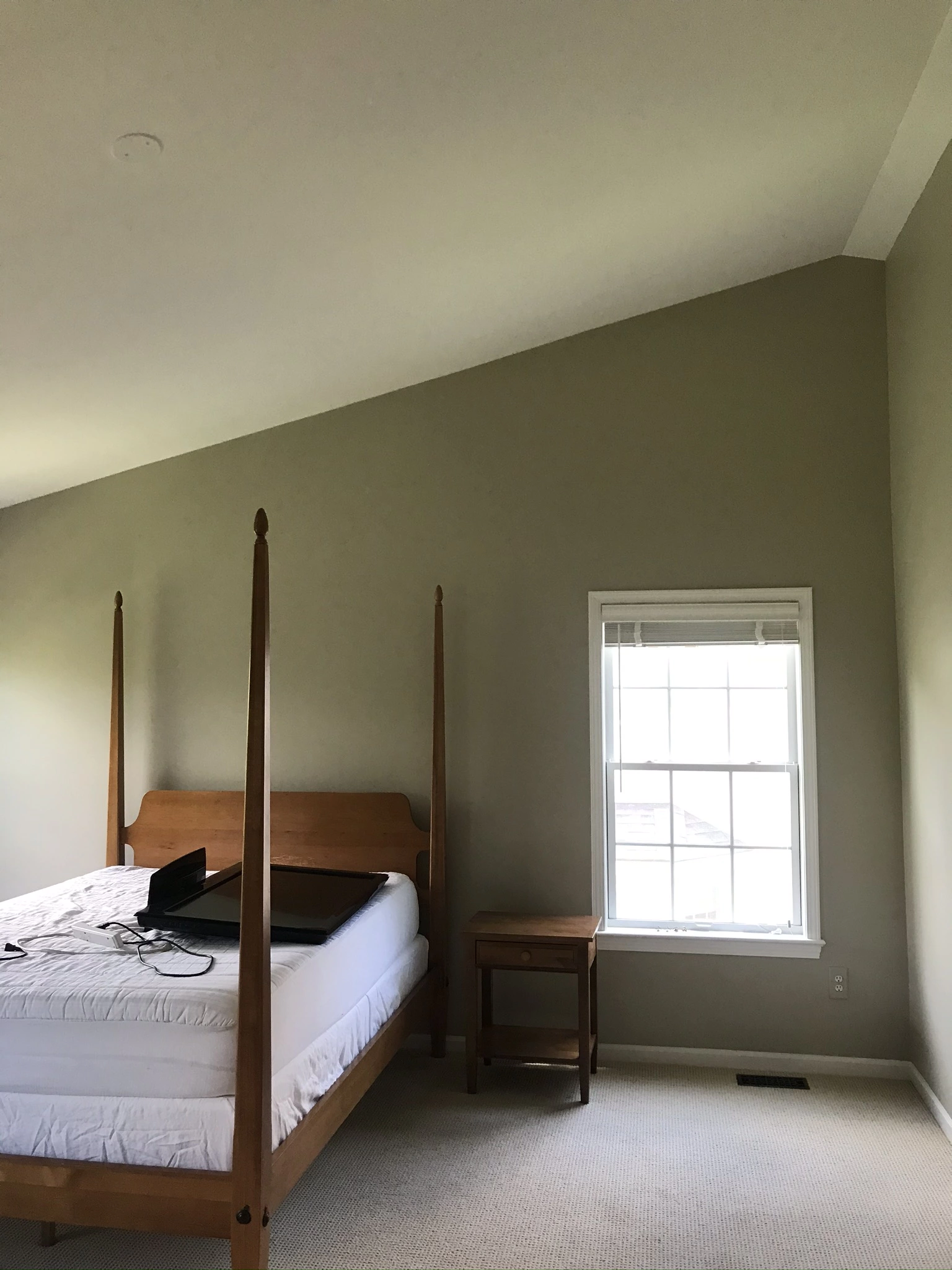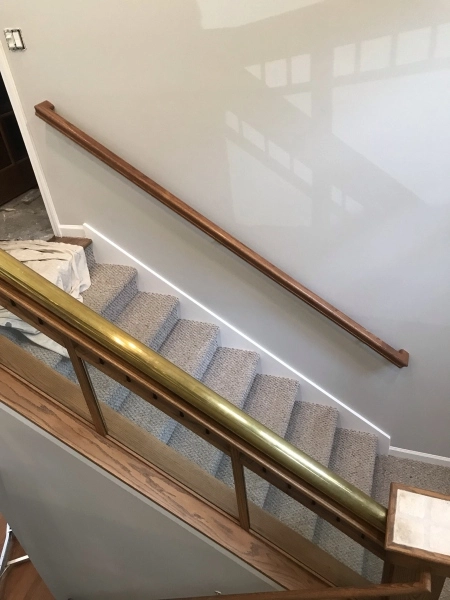Ceiling Painting
Ceilings are often overlooked when homeowners and small-business owners take on a DIY painting project. But the light reflecting off the ceiling changes the entire feel a room. A fresh, bright coat of paint can enliven the entire space.
Painters need to be careful during the ceiling painting process so that an unwanted mess isn’t created. Proper scaffolding and equipment is also necessary for maximum safety.
Everything You Need To Know About Painting Your Ceiling
Your home can be spruced up and added value by painting the ceiling. It is both affordable and effective. You can give a room a fresh look by painting the ceiling. Depending on the shade, a room can appear larger or smaller.
You may think you are an experienced painter if you have painted a few walls before. Ceiling painting and wall painting differ significantly, however.
That’s why professional painters offer these tips. Here are some tips to make your first time painting ceilings less stressful. If you’re considering painting your ceiling, here’s everything you need to know to do it right.
Preparing for Ceiling Painting
The first step in painting your ceiling is preparation. This involves moving furniture out of the room or covering it with drop cloths, removing any light fixtures or ceiling fans, and cleaning the ceiling. Next, ensure any cracks or holes in the ceiling are filled with spackle and sanded smooth.
Don't Skip the Primer
Before you start painting, it’s important to prime the ceiling. This helps the paint adhere better and prevents stains from bleeding through. Choose a primer specifically designed for ceilings, as it will be formulated to prevent drips and provide better coverage.
Painting Techniques for Ceilings
These are some of the most common painting techniques professional contractors use:
- Brushing: Brushing is the most traditional and common painting technique. Painting involves applying paint to a surface with a paintbrush. Brushing can be done with either synthetic or natural brushes, and the type of brush used depends on the type of paint being applied and the texture of the surface.
- Rolling: The rolling method involves applying paint to a surface with a roller. This technique is ideal for large surfaces, such as walls and ceilings. Rolling provides an even and uniform coat of paint, and it’s quicker than brushing.
- Spraying: Spraying is a popular technique used in commercial and industrial settings. Spray painting involves applying paint to a surface with a spray gun. Spraying is quick and efficient, and it produces a smooth finish. However, it can be messy and requires proper ventilation.
- Stippling: Stippling involves applying paint to a surface with a stippling brush. This technique creates a textured finish ideal for adding depth and dimension to walls and ceilings.
- Sponging: An application of paint using a sponge is called sponge painting. This technique creates a textured finish that’s similar to stippling. Sponging can create various effects, such as a faux finish or a mottled look.
- Rag rolling: Rag rolling involves applying paint to a surface with a rag. This technique creates a textured finish that’s similar to sponging. Rag rolling can create various effects, such as a suede-like finish or a textured look.
- Troweling: Troweling involves using a trowel to apply paint to a surface. This technique creates a textured finish that’s ideal for adding depth and dimension to walls and ceilings.
- Glazing: An opaque finish is created by glazing a base coat with a thin layer of paint. Walls and ceilings can be enhanced using this technique.
Each of these painting techniques produces a unique finish, and the technique used depends on the desired look and texture of the painted surface. Therefore, choosing the right technique for the job is important to ensure a high-quality, long-lasting paint job.
Choosing the Right Paint for Your Ceiling
There are a few factors to consider when choosing paint for your ceiling. First, make sure you choose a paint specifically designed for ceilings. This type of paint is formulated to dry slower than regular paint, which allows it to level out and provide a smooth, even finish. Choosing paint with a flat or matte finish will also help hide any ceiling imperfections
Choosing a Color for Your Ceiling
The color you choose for your ceiling can greatly impact the overall look of the room. While white is the most common color for ceilings, you may want to consider a different shade to add some interest or create a dramatic effect. Lighter colors can make a room feel larger and more open, while darker colors can make it seem smaller.

Tips and Tricks for Painting Ceilings
The following tips and tricks will help you paint your ceiling successfully:
- Use a Paint Guard: A paint guard is a handy tool that attaches to the end of your roller and prevents the paint from splattering onto your face or clothing.
- Take Breaks: Painting a ceiling can be tiring, so take breaks as needed to rest your arms and neck.
- Don’t Overload the Roller: It is possible to get drips and uneven coverage from overloading your roller with paint. Before rolling the paint onto the ceiling, remove excess paint with a paint tray.
- Consider Hiring a Professional: If you’re not comfortable painting your ceiling or have a high or complicated ceiling, it may be best to hire a professional painter.
Painting your ceiling is a cost-effective and efficient way to update the look and feel of your Ann Arbor, MI home. From choosing the right paint and tools to prepping the surface and applying the paint, it’s important to take the time to do it right. You can easily achieve a professional-looking ceiling finish by following the tips and techniques in this article. And if you need help with any step of the process, give Lang’s Painting a call! We’re happy to help!
Ready To Paint Your Ceiling?
We provide quality service and workmanship. Our customers find our rates reasonable, our service timely, our staff friendly and our attention to detail superior.












